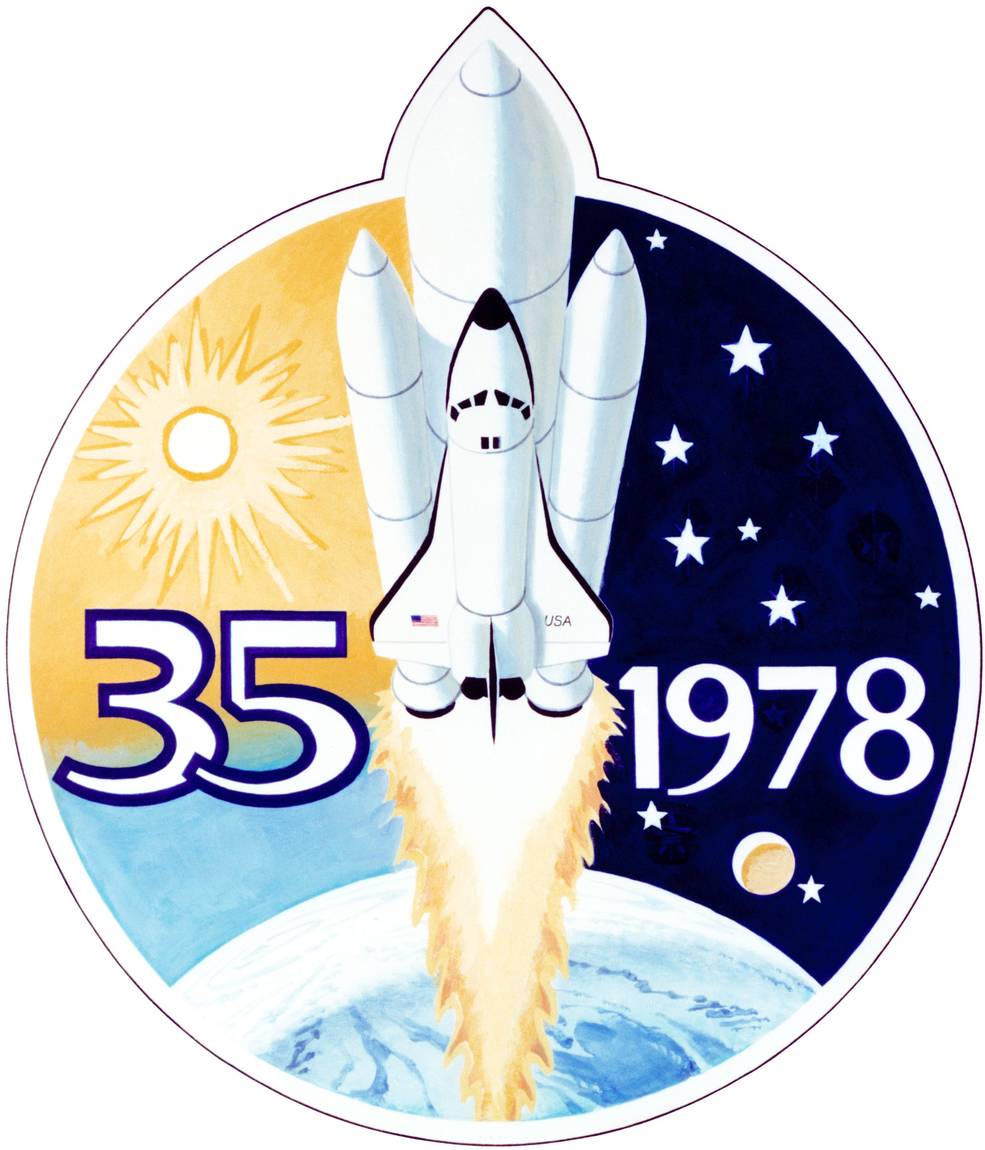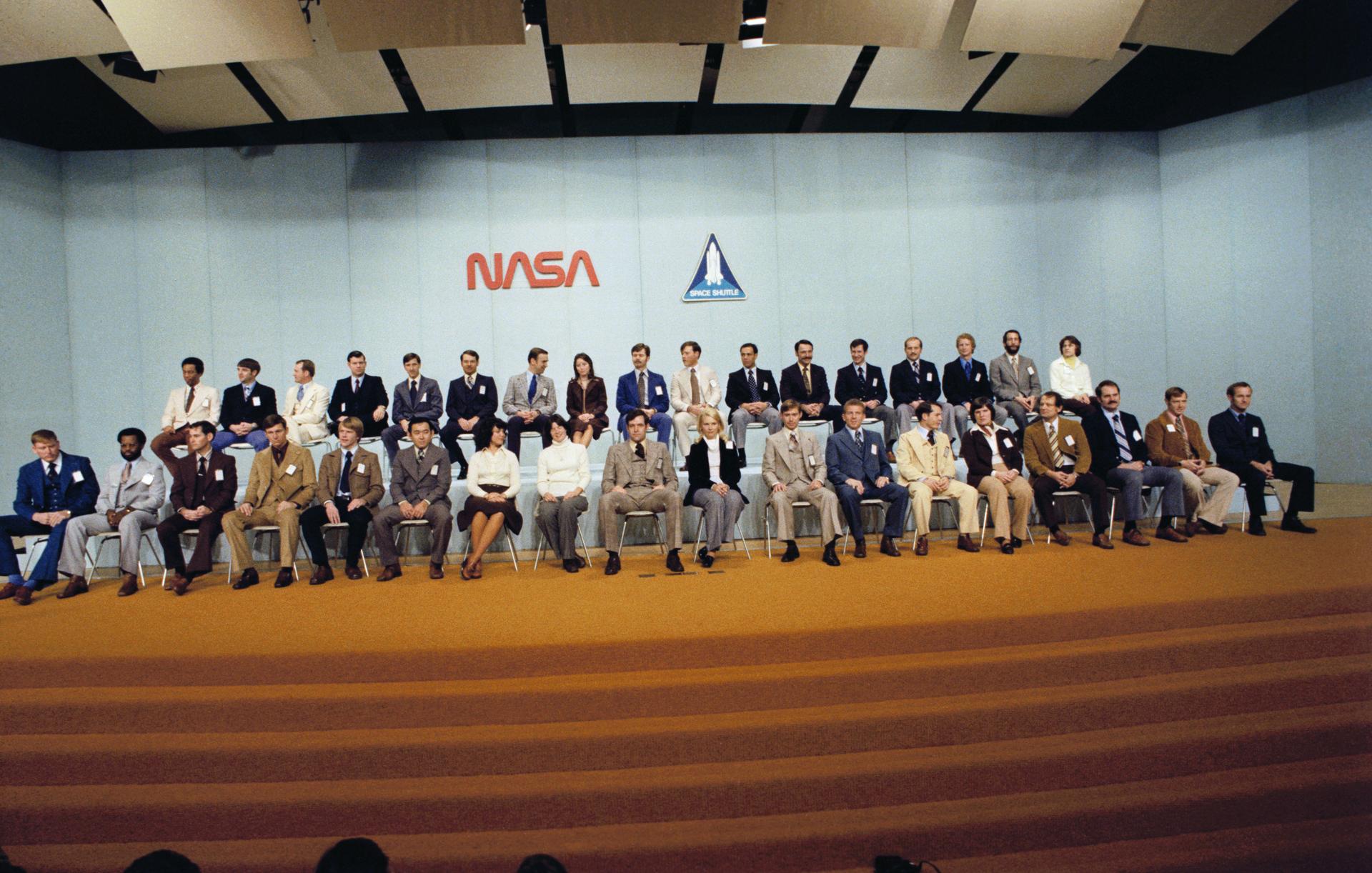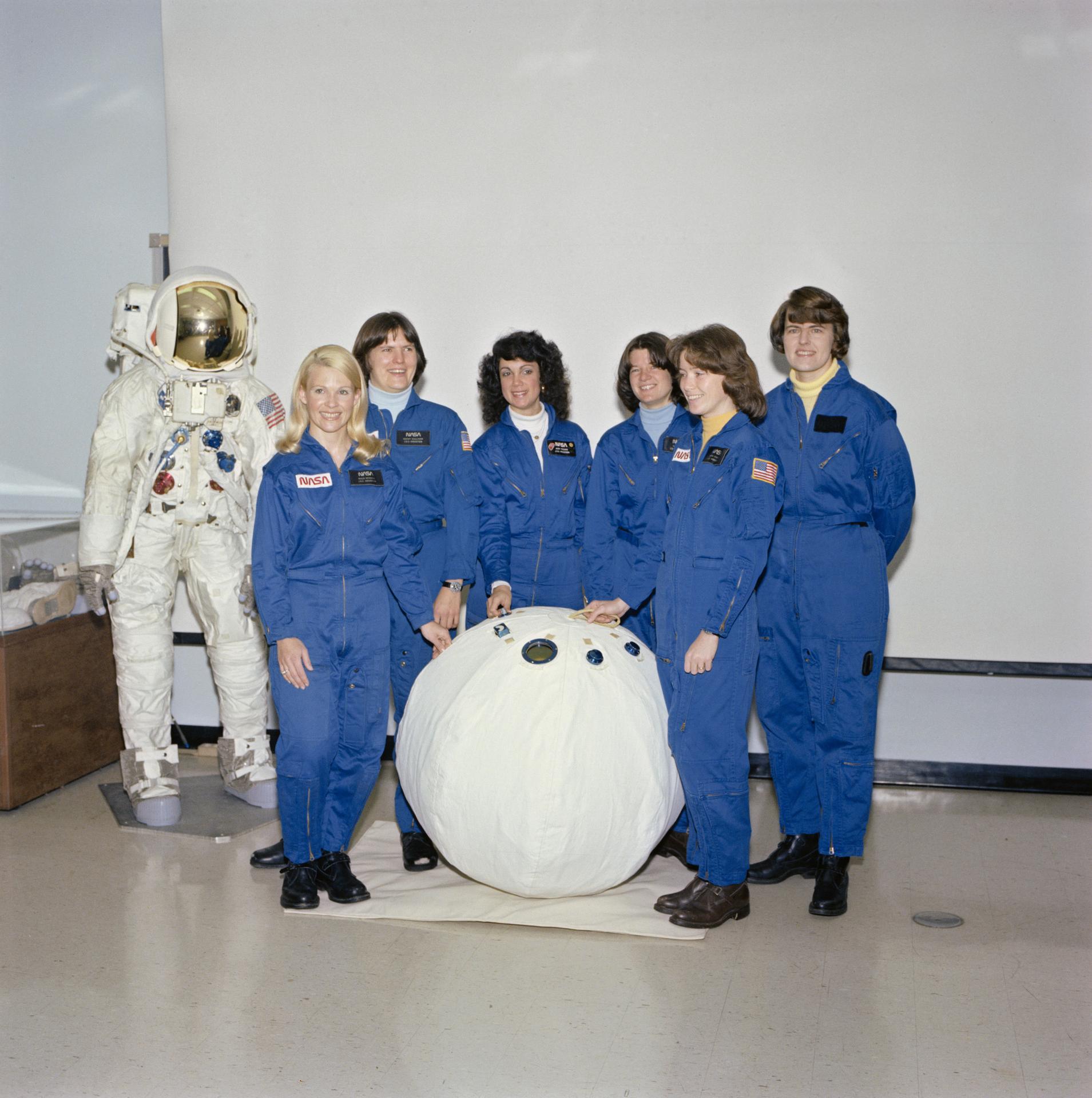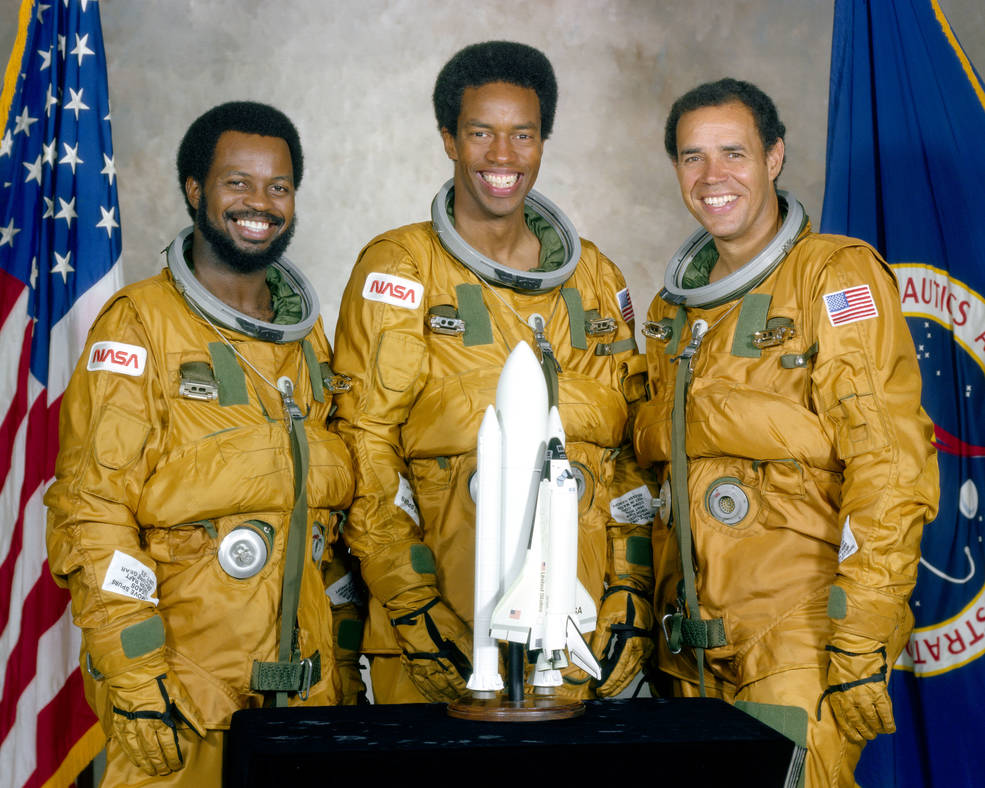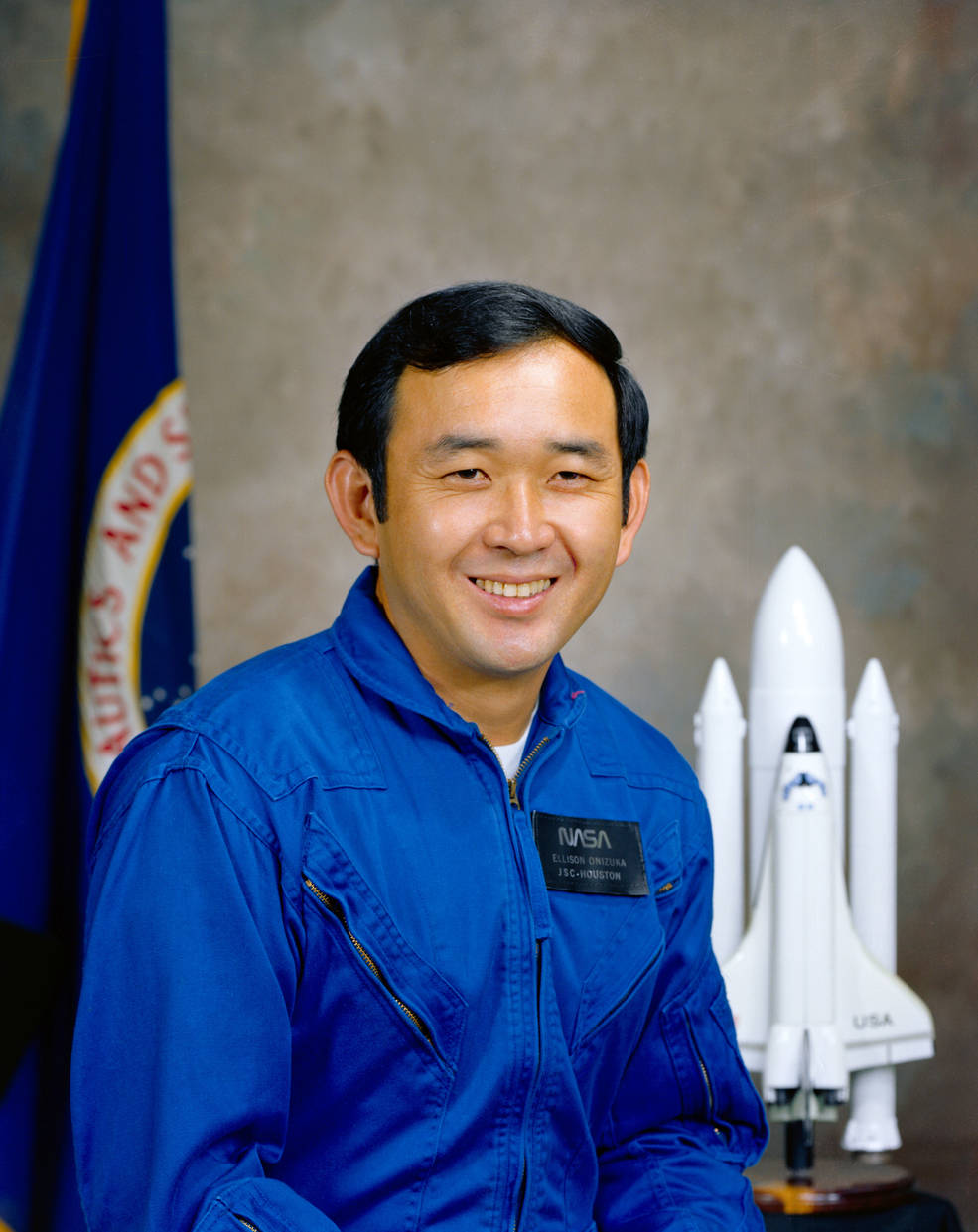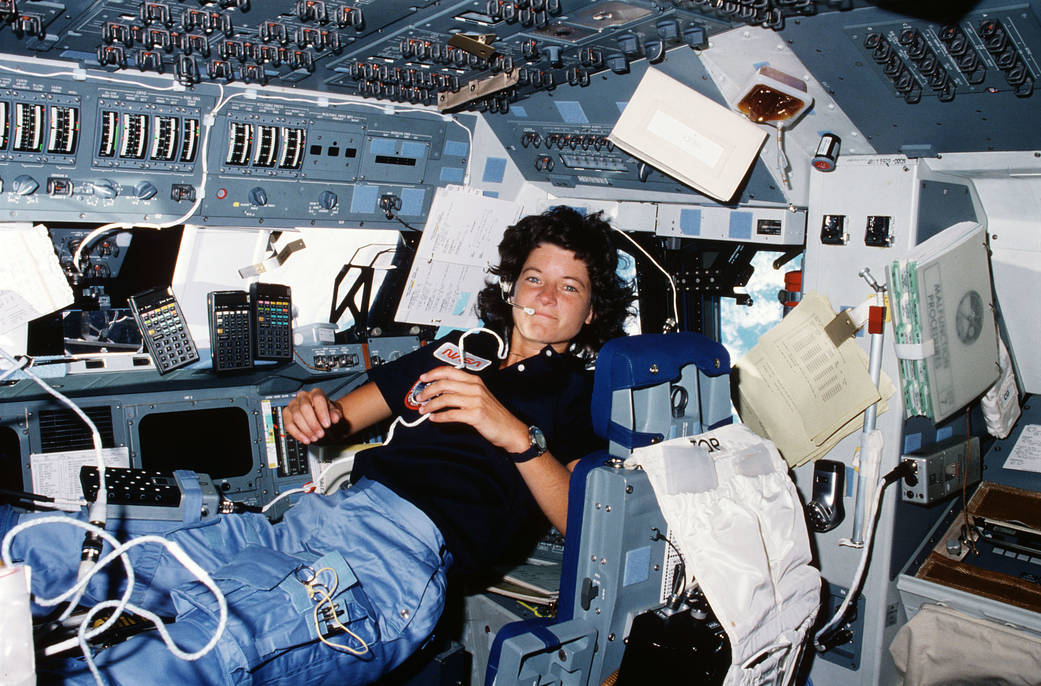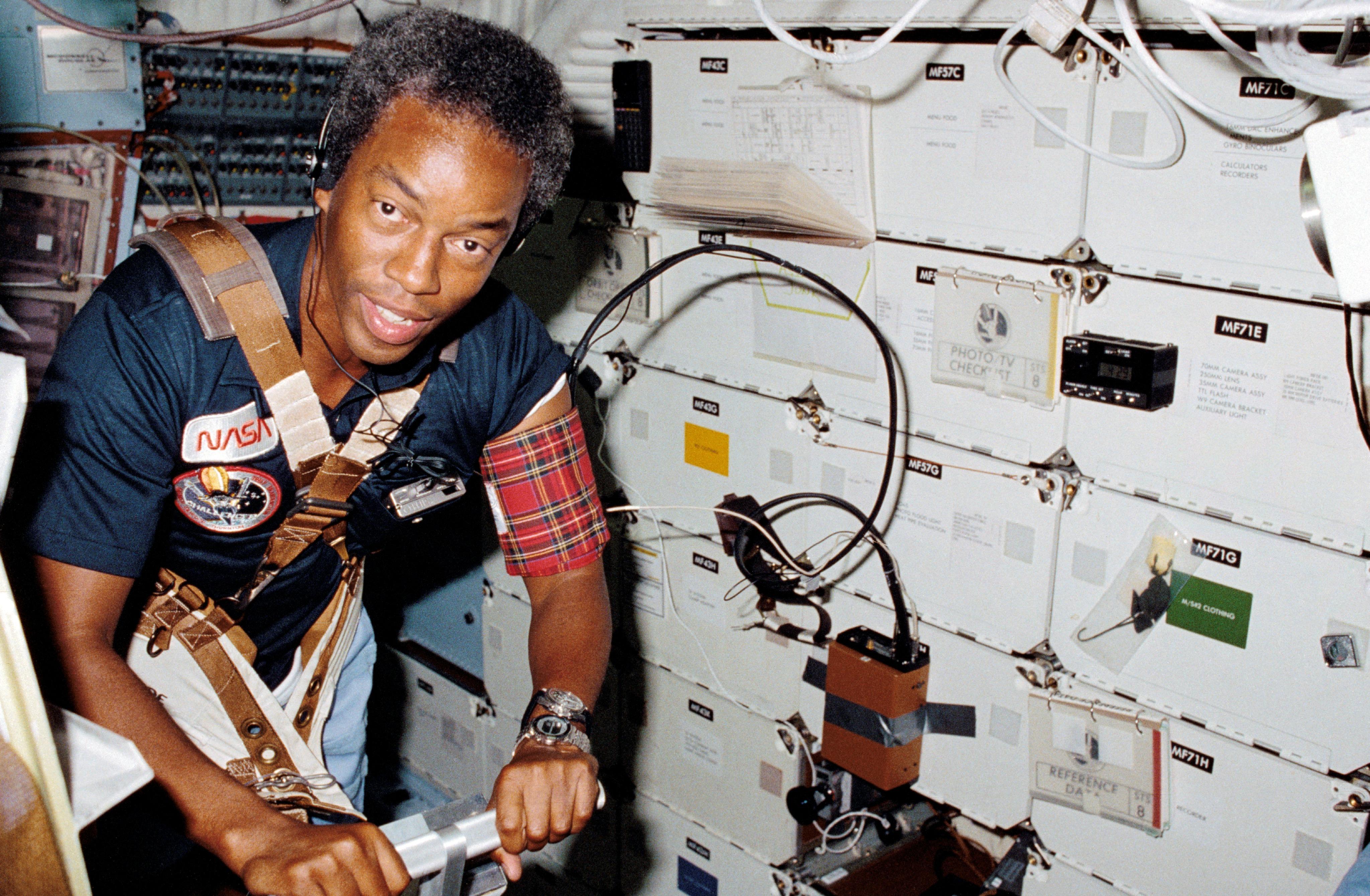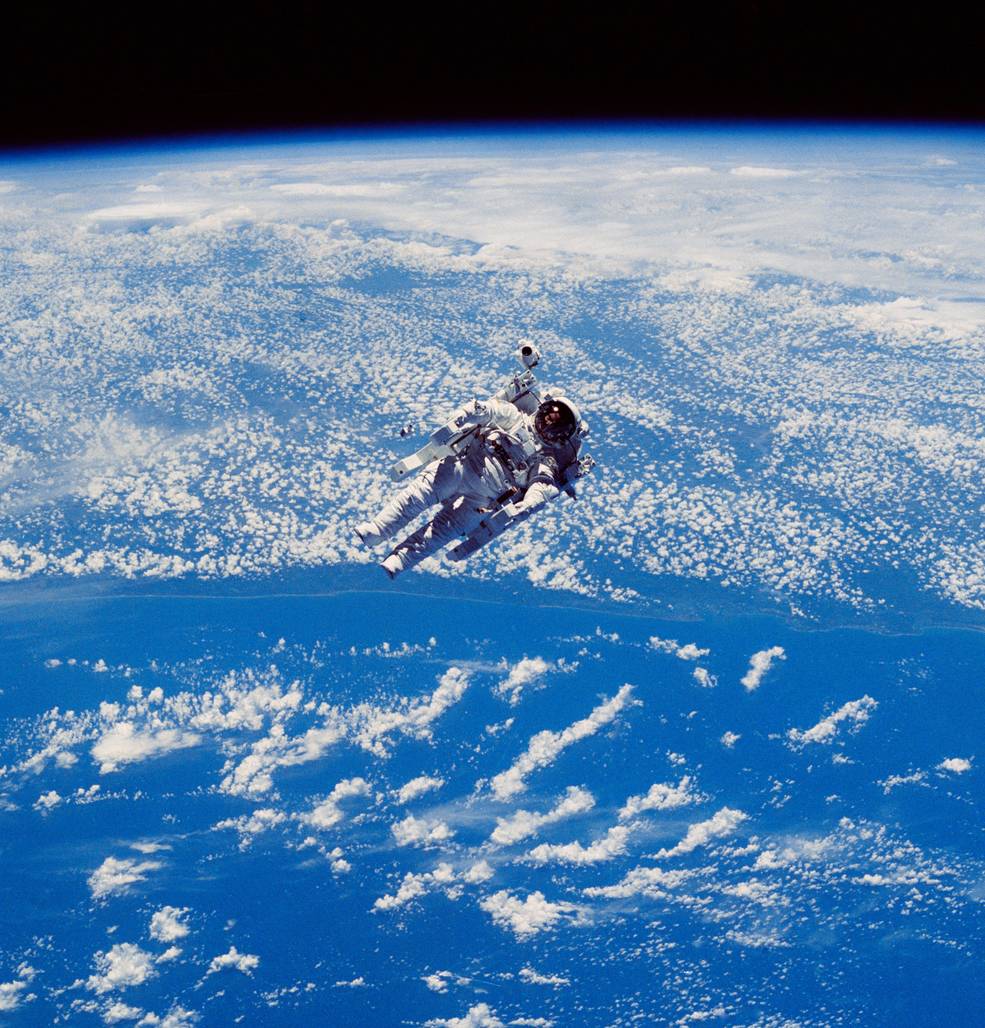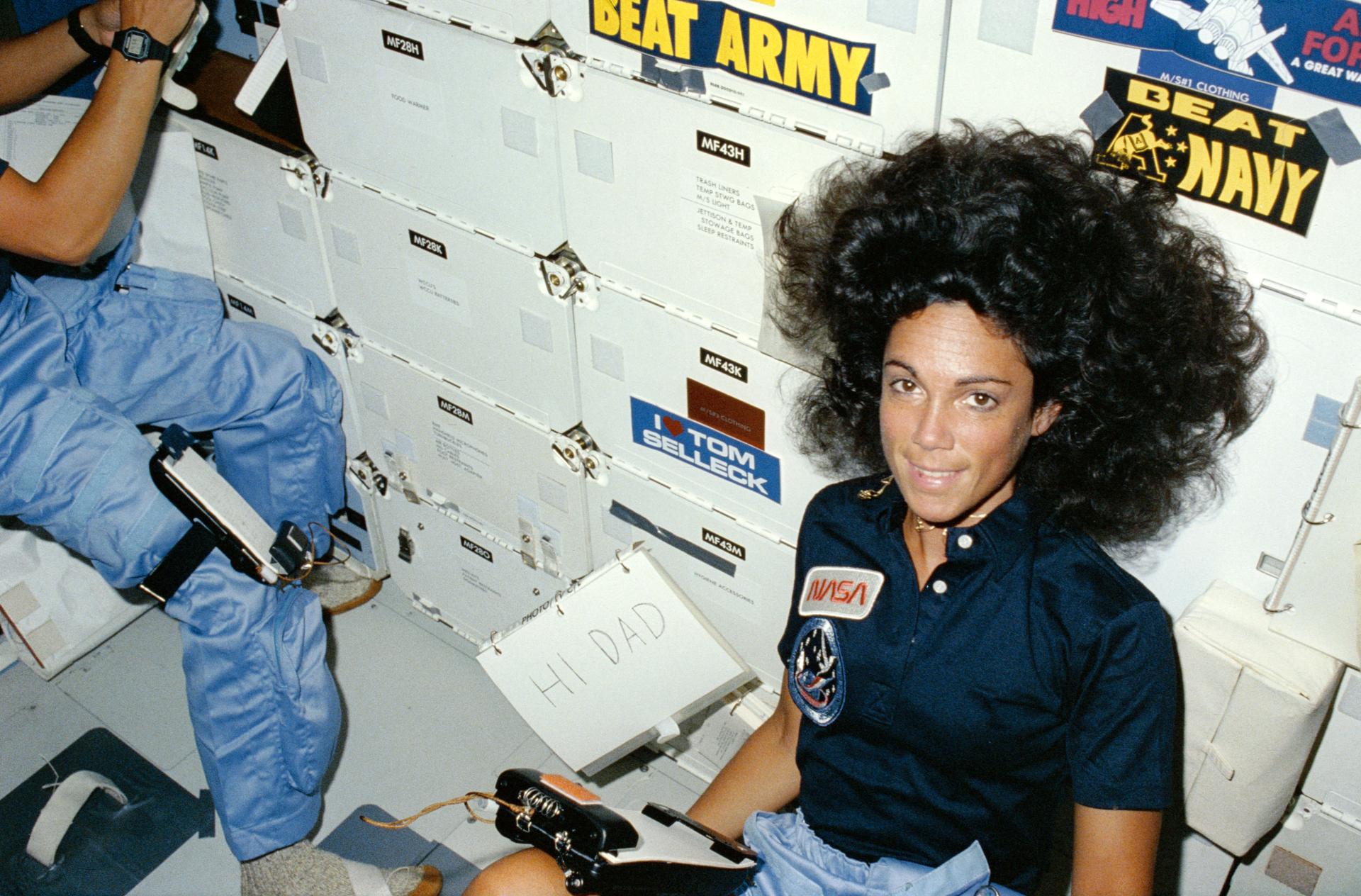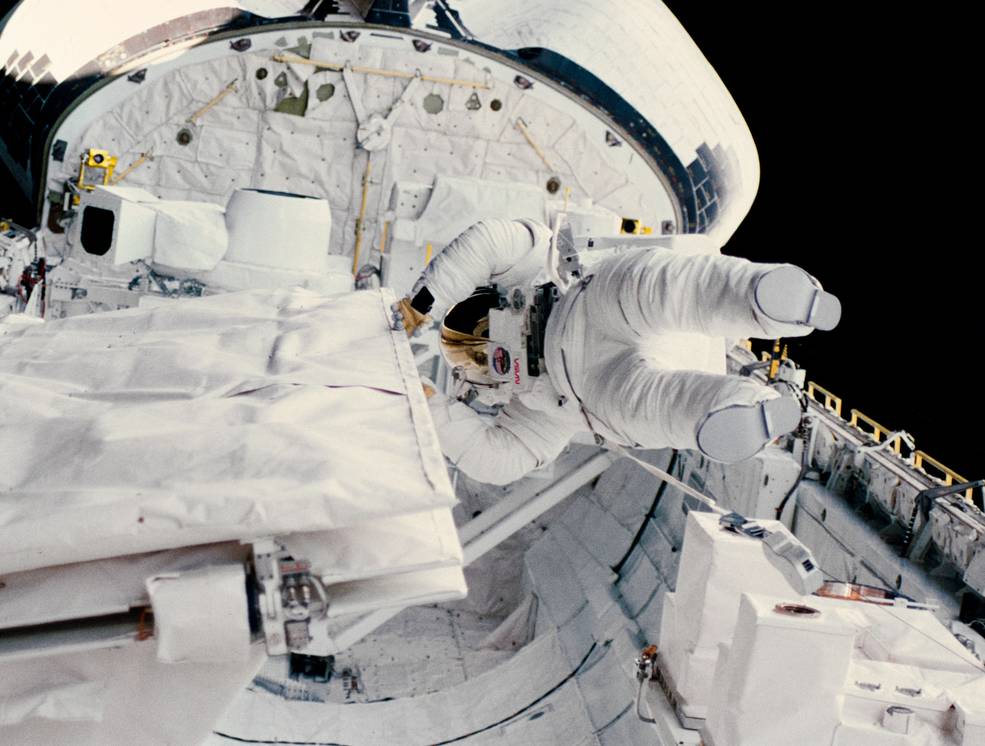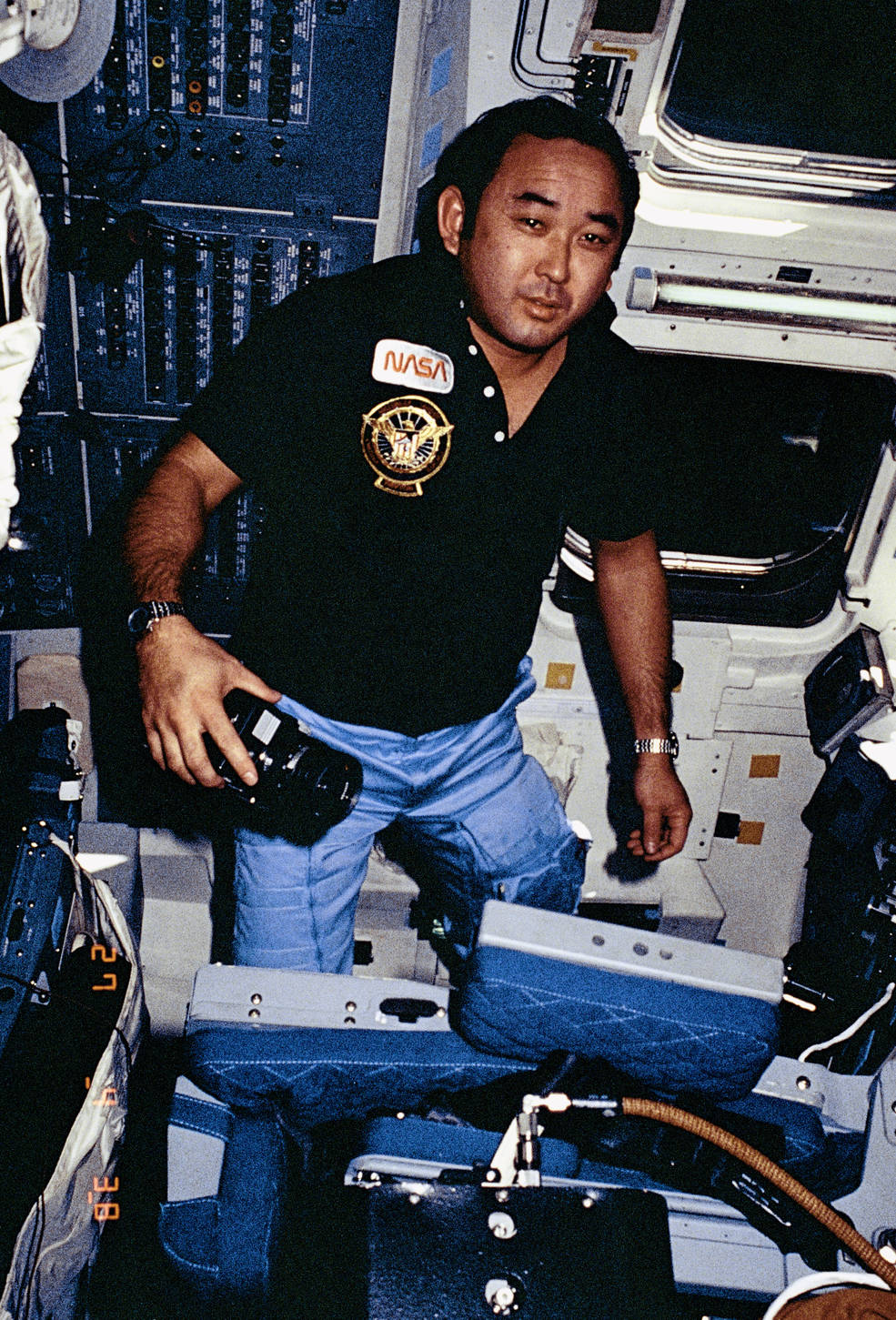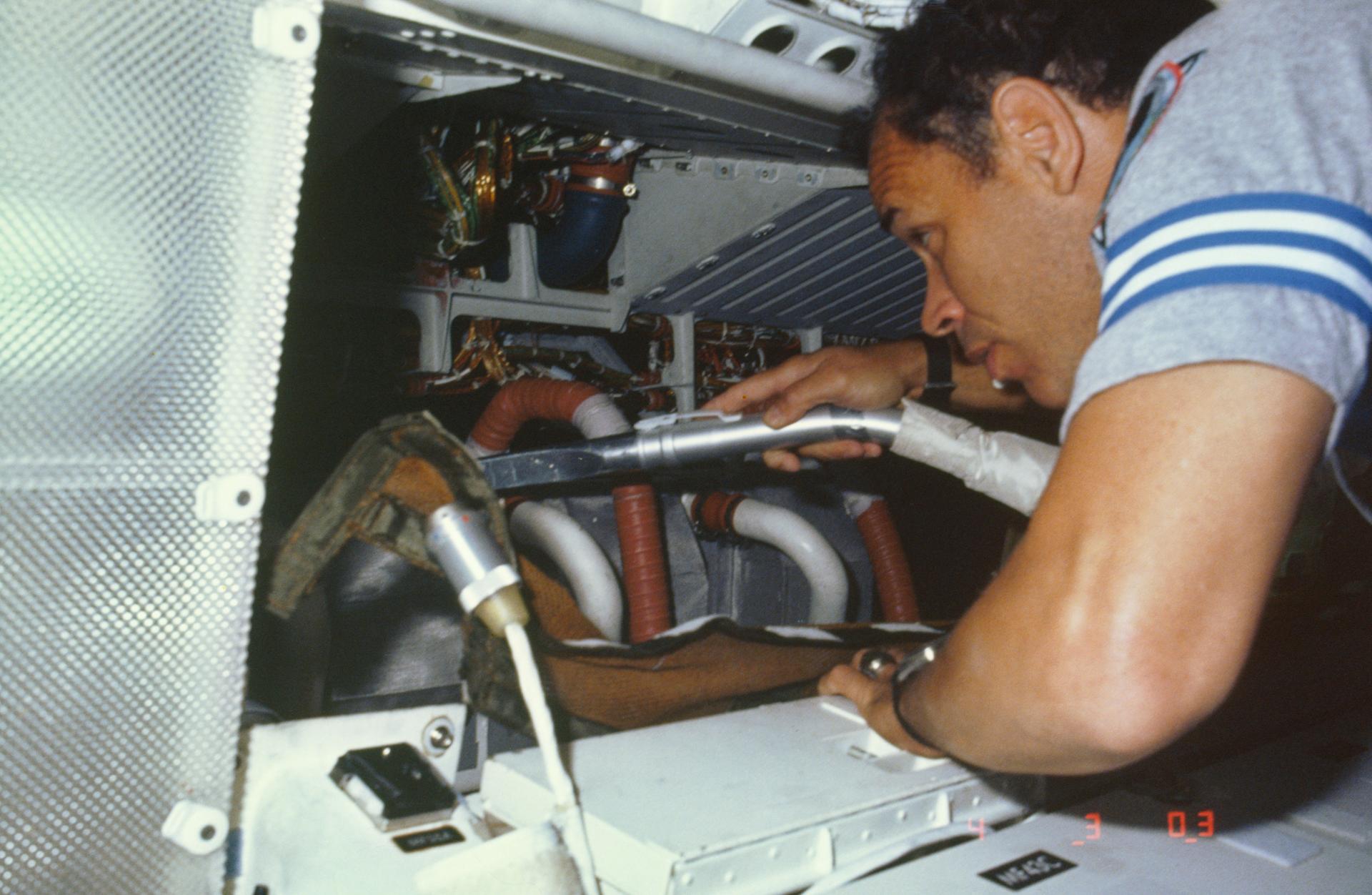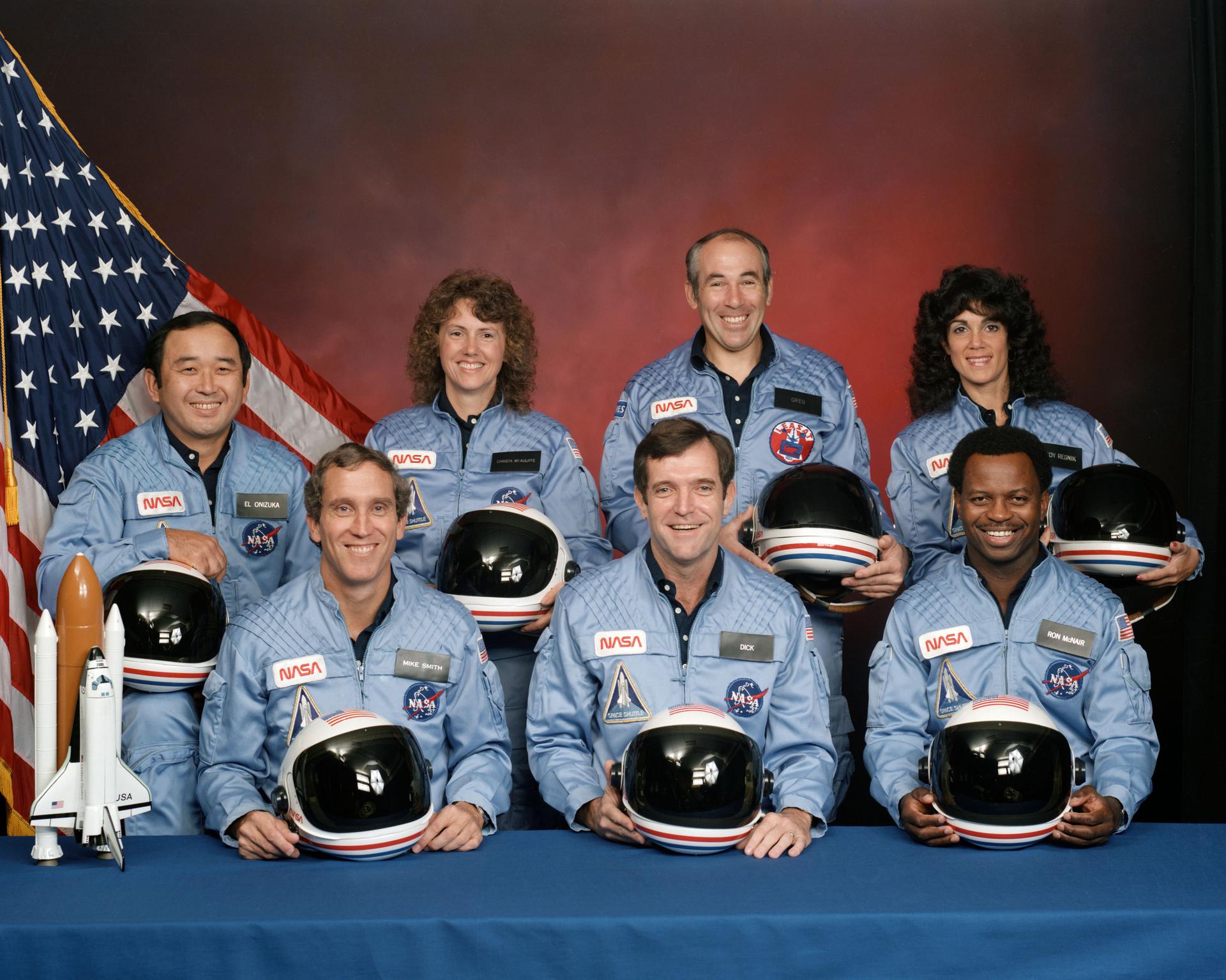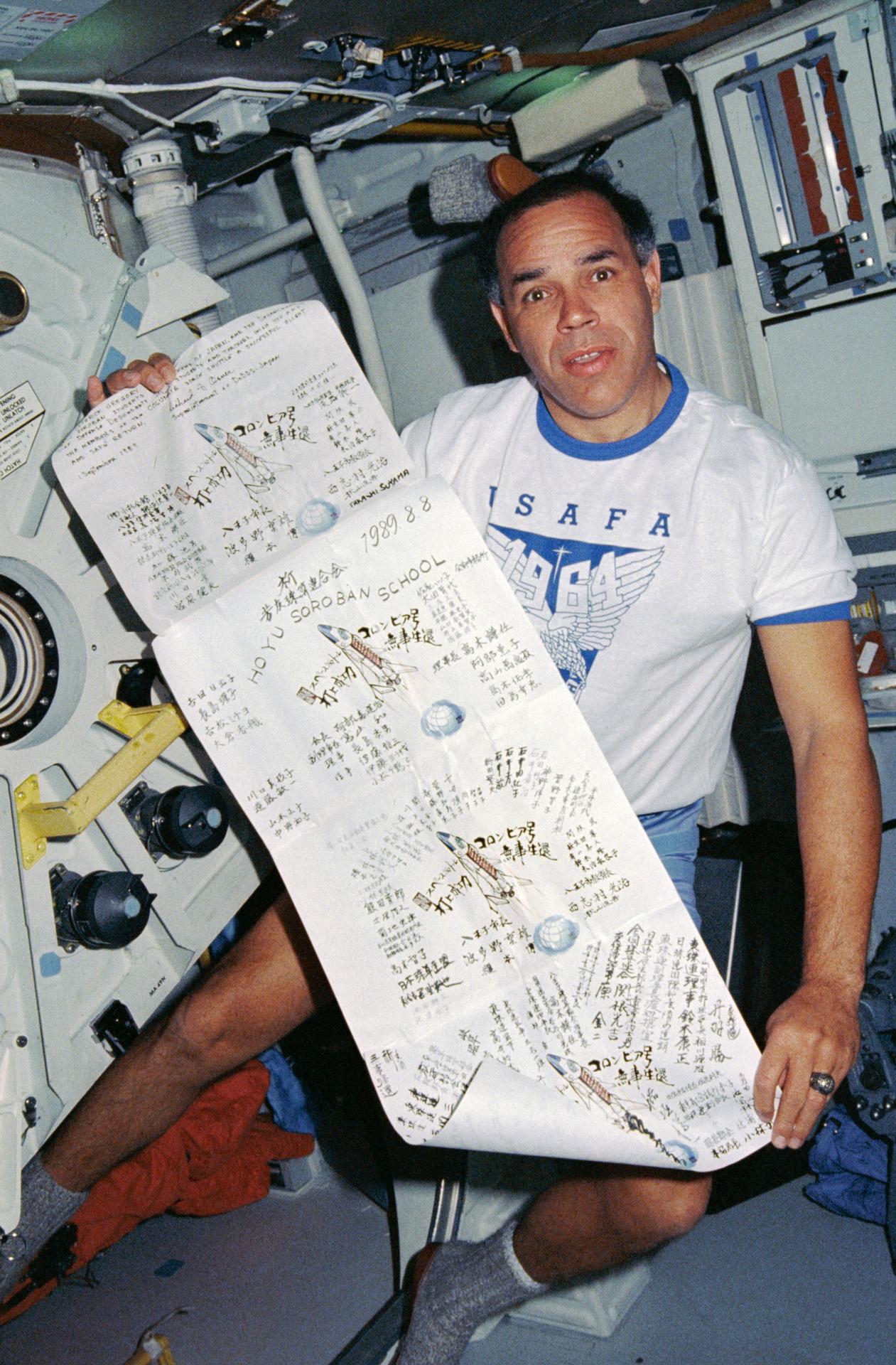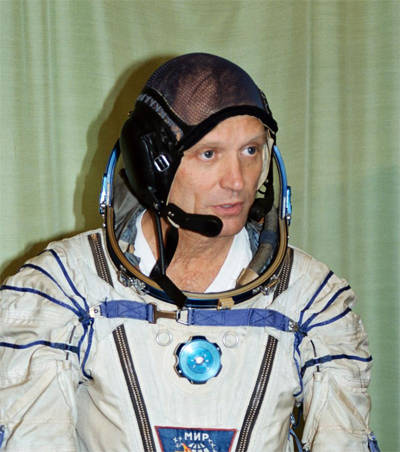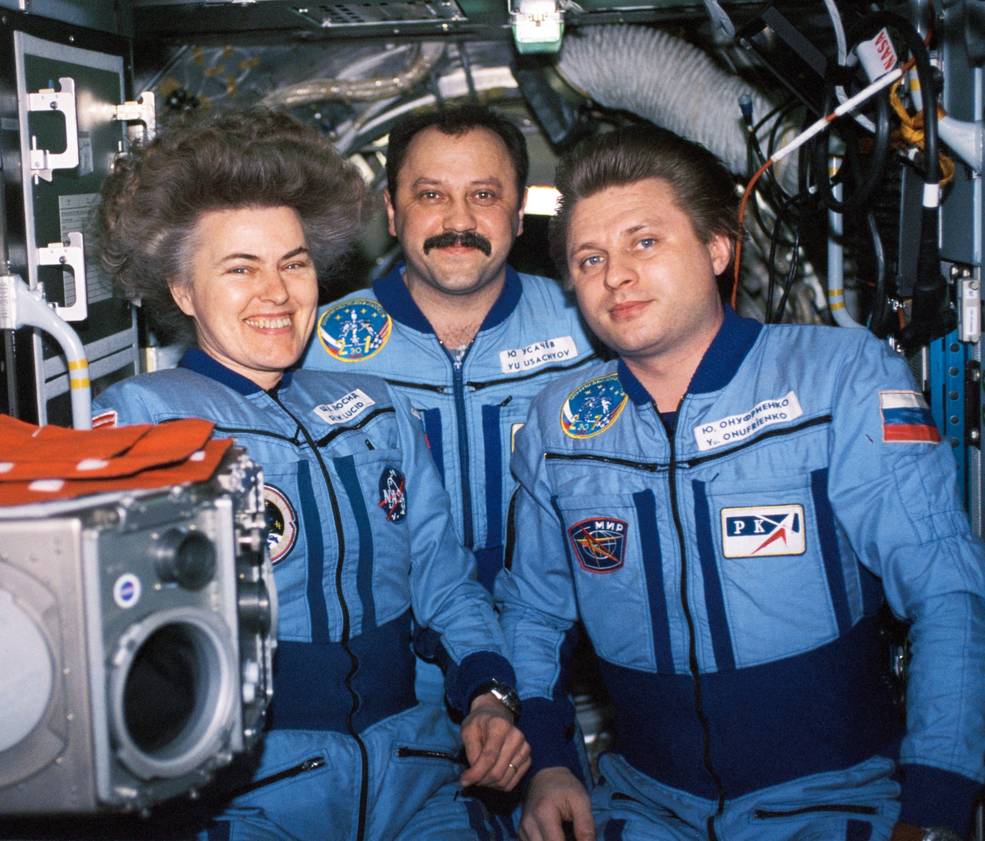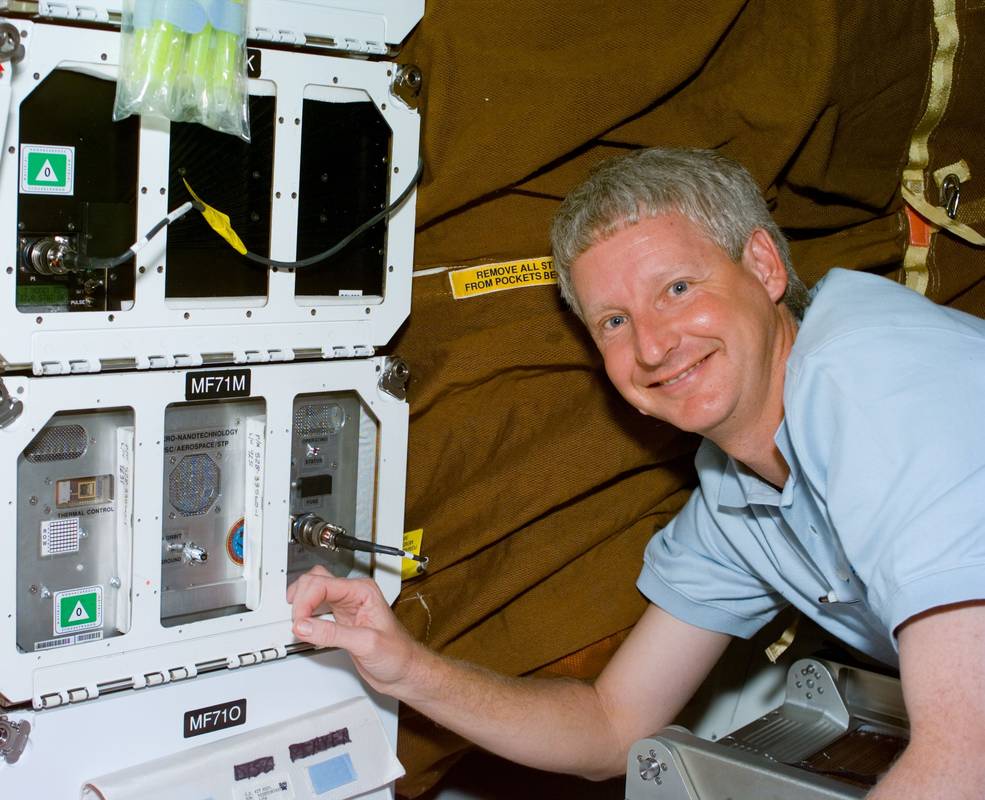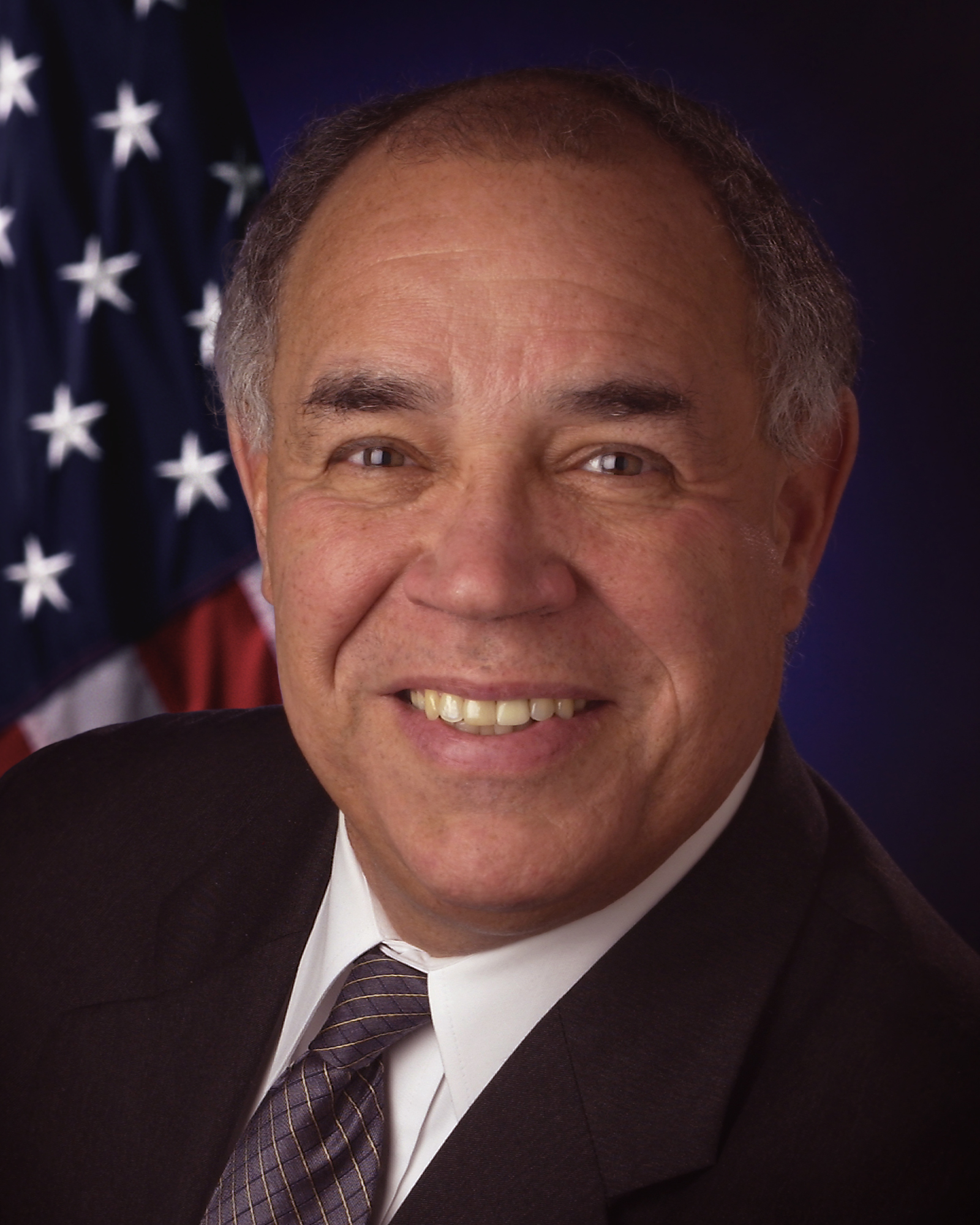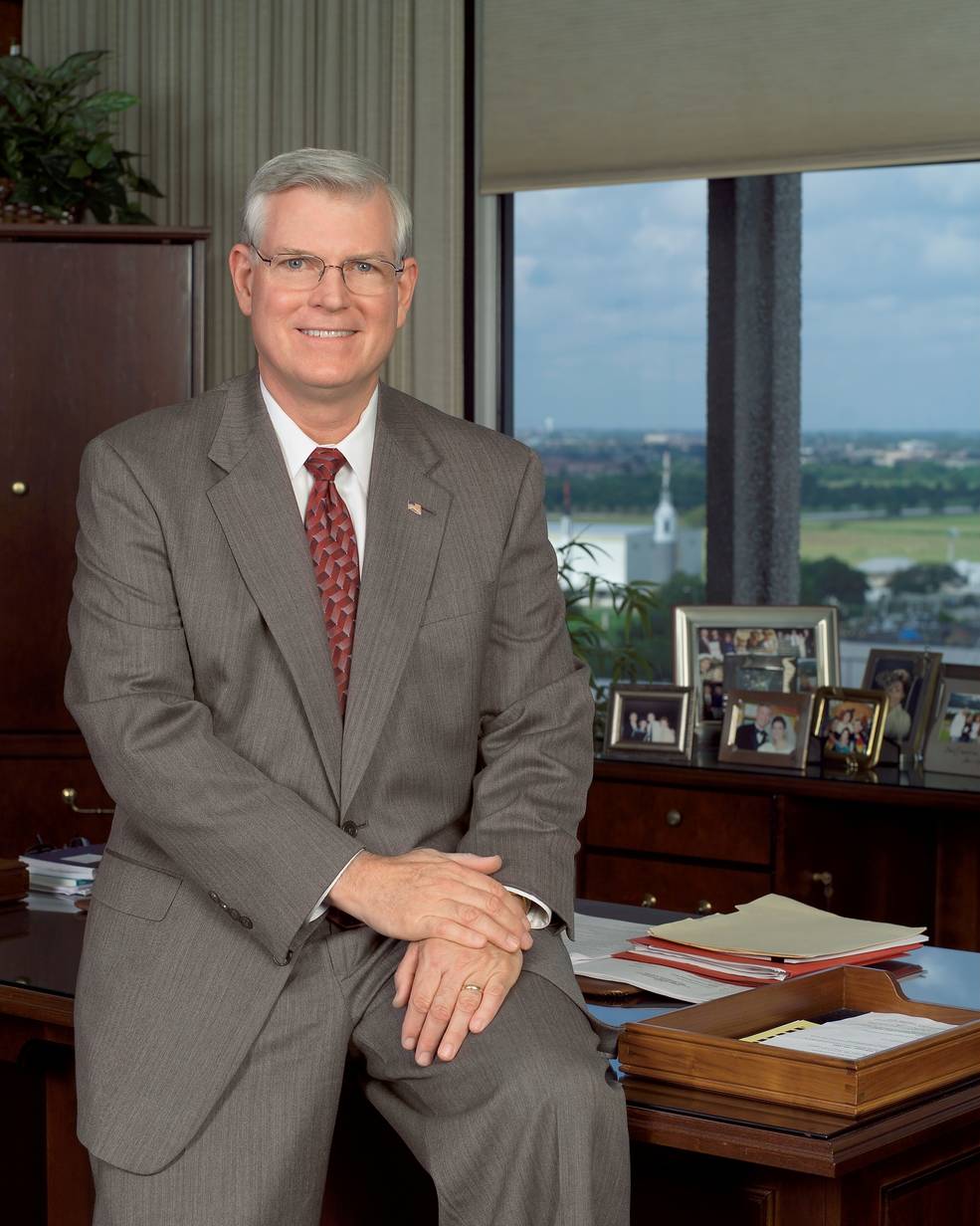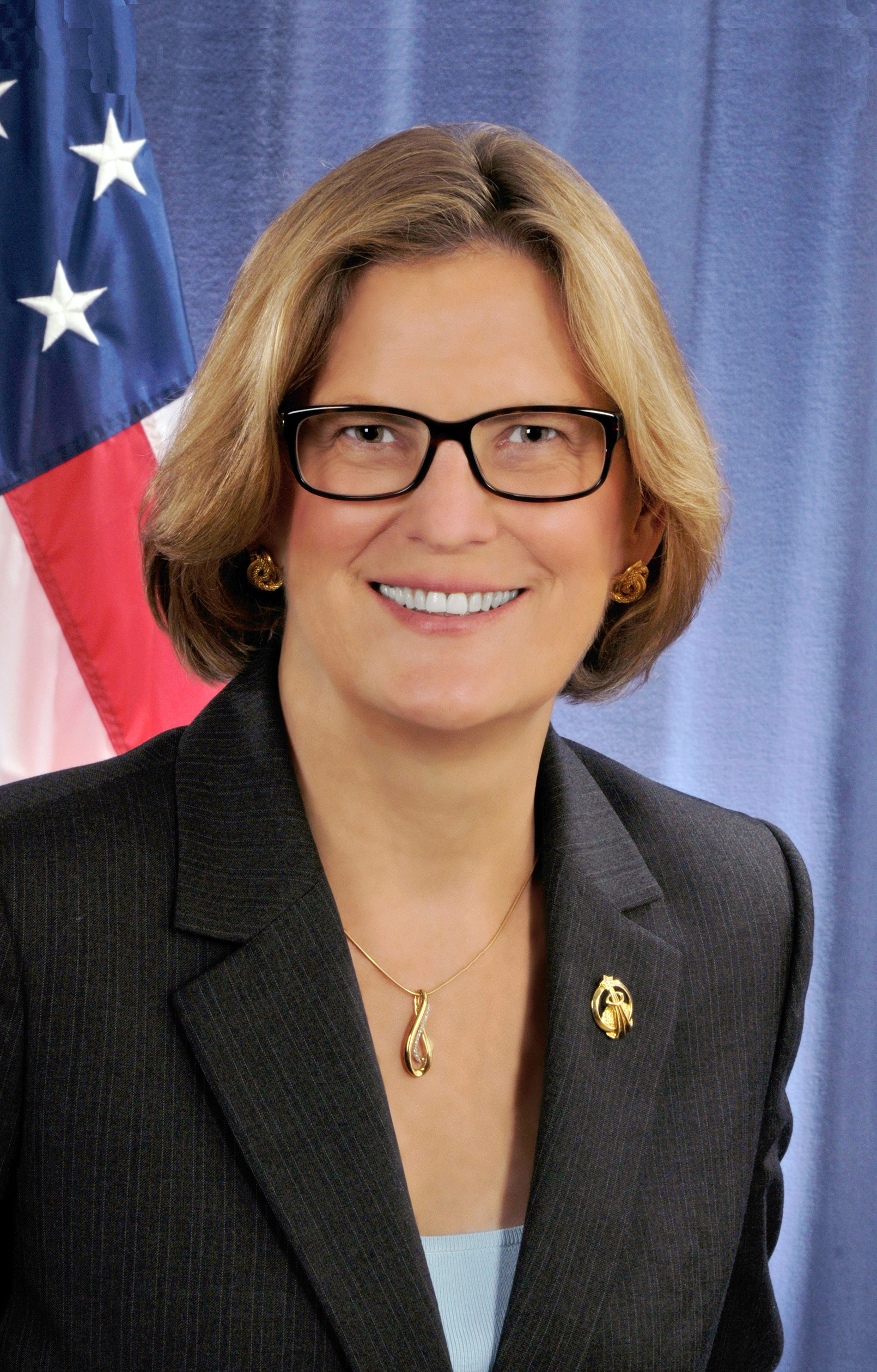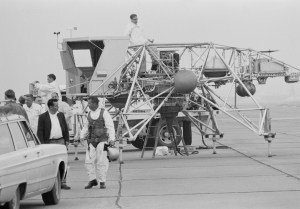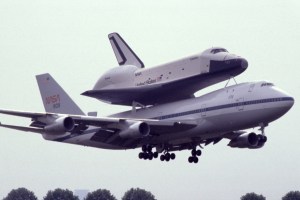On Jan. 16, 1978, NASA announced the selection of 35 new astronauts, the first time in more than eight years that the agency had admitted new astronauts. The selection of the first class of space shuttle astronauts held historic significance not only because of its then-record size but also because, for the first time, the group included women and minorities. Previous astronaut selections in the 1960s consisted of test pilots or scientists, in those days the domain principally of white men. But the space shuttle would allow not only pilots to fly but also scientists, physicians, and engineers, and when NASA released the call for the new astronaut selection on July 8, 1976, it specifically encouraged women and minorities to apply. And they did, their numbers boosted in part by a promotional campaign led by Nichelle Nichols, who played Lt. Uhura in the 1960s television series “Star Trek.” From a total of 8,079 applicants, 15 qualified as space shuttle pilots and 20 as mission specialists. The final selection included six women, three African Americans, and one Asian American, the most diverse class of astronauts up to that point.
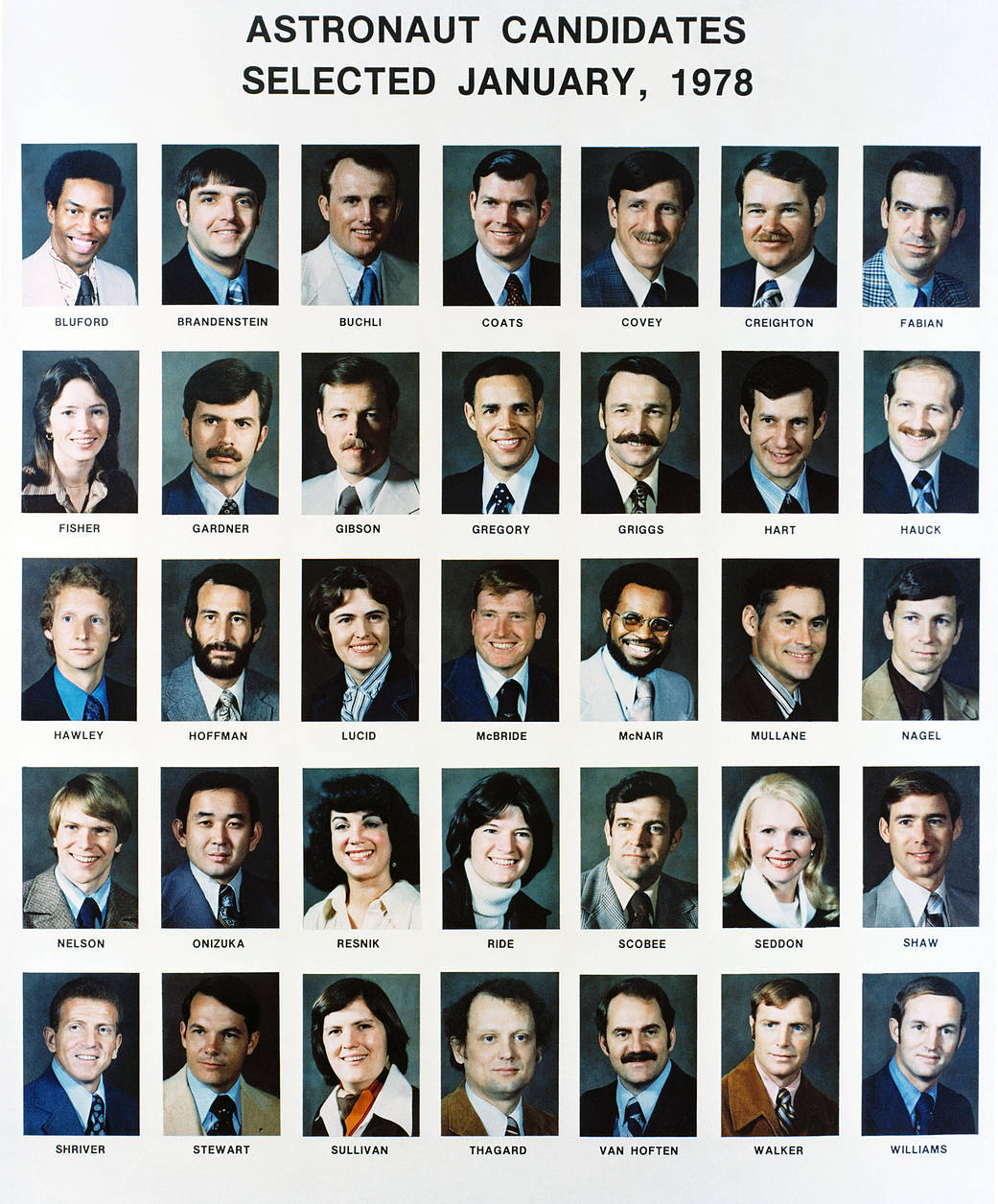
Two weeks after NASA announced their selection, the new group of astronauts traveled to NASA’s Johnson Space Center in Houston for three days of orientation and tours. On Jan. 31, in an event in the Teague Auditorium of NASA’s Johnson Space Center (JSC), NASA introduced them to the press, whose interests focused primarily on the 10 novelty astronauts, the women and minorities. The class officially reported for duty at JSC in July 1978, and quickly became known as the TFNG, or Thirty-Five New Guys. Noted space artist Robert T. McCall designed a patch for the group. They completed a 13-month training program in August 1979 to become full-fledged astronauts and available for flight assignments. In the meantime, the 35 new astronauts more than doubled the size of the existing astronaut corps and lent their expertise to finalizing the design and operation of the space shuttle, with its first flight nearly two years in the future.
All of the TFNGs distinguished themselves in one way or another during their time as astronauts. Even prior to making their first spaceflights, several made news. As one of the six women, Shannon M. Lucid held the additional title of the first mother to be selected as an astronaut. With the selection of Anna L. Fisher’s husband William F. Fisher in the 1980 Class of astronauts, the two made headlines as the first married couple of American astronauts. In 1984, Anna Fisher became the first mother in space after giving birth to their daughter Kristin in 1983. In 1981, TFNGs Robert L. “Hoot” Gibson and M. Rhea Seddon became the first two active duty astronauts to marry, and later Seddon became the first active duty American astronaut to become pregnant and give birth, to son Paul, in 1982. After receiving flight assignments, TFNGs distinguished themselves piloting and commanding the space shuttle, conducting spacewalks, deploying, repairing, and retrieving satellites, performing scientific experiments, and docking with the Russian space station Mir and spending time aboard it.
As a group, the TFNG’s completed 103 spaceflights, spending a cumulative 979 days in space. Steven A. Hawley completed the last flight of a TFNG in 1999, more than 20 years after his selection, the STS-93 mission to deploy the Chandra X-ray Observatory. Four members of the class (F. Richard “Dick” Scobee, Ronald E. McNair, Ellison S. Onizuka, Judith A. Resnik) made the ultimate sacrifice, victims of the STS-51L Challenger accident in 1986.
After leaving the astronaut corps, several of the TFNGs rose to leadership positions within NASA and other government agencies, others held executive positions with aerospace contractors, while many of the scientists returned to the world of academia. Notably, Frederick D. Gregory served as NASA’s first African American deputy administrator from 2002 until his retirement from the agency in 2005. Michael L. Coats returned to JSC in 2005 to become its 10th director, serving until 2012. Kathryn D. Sullivan served as the Under Secretary of Commerce for Oceans and administrator of the National Atmospheric and Oceanic Administration from 2014 to 2017.
The Class of 1978 set a precedent and all subsequent astronaut classes have included women and minorities. The class paved the way for women pilots and commanders of not only the space shuttle but the International Space Station as well, and for women and minorities to become NASA center directors and administrators. As a legacy of the diversity represented in the astronaut Class of 1978, during the Artemis program, NASA will land the first woman and the first person of color on the Moon.
By John Uri
With special thanks to NASA’s Human Spaceflight Historian Jennifer Ross-Nazzal.


























